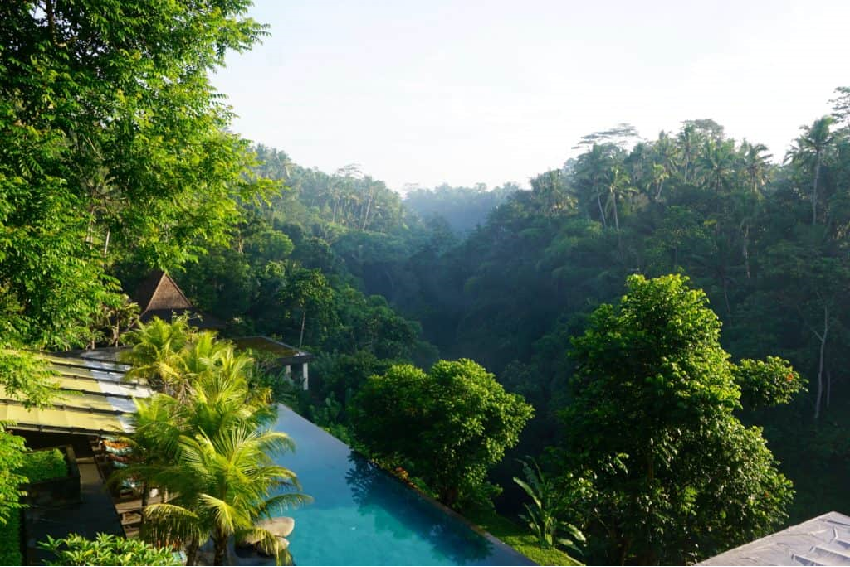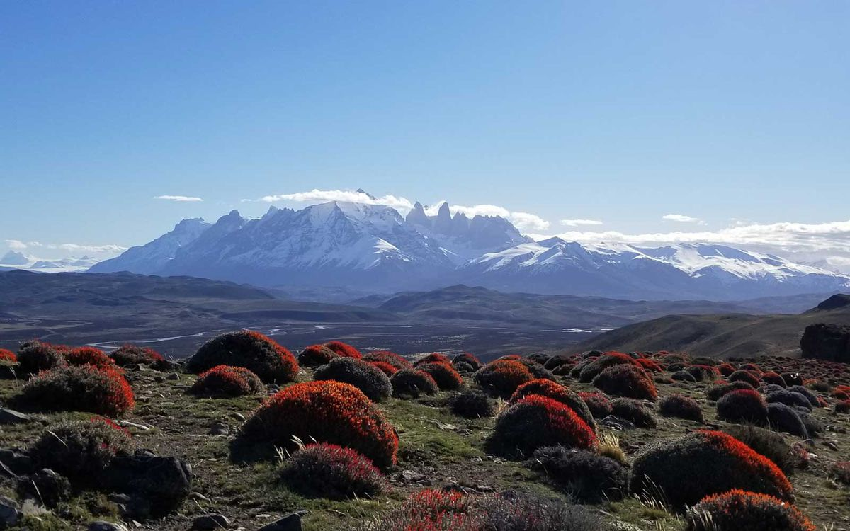One of the fundamental steps before making a trip is of course to choose the guide that is going to take us to know the best of the area that we are going to visit. For many forums, blogs, and travel portals that exist, paper guides continue to succeed.
It is not highly recommended to go with your laptop in tow around Suriname or be plugged into your mobile all day long. Fortunately, the guides in book format continue to live up to the long hours on the road and the naps in the bunks of the hostel around the world.
Lonely Planet: Ideal For Making New Friends

For independent travelers, the leader in sales is undoubtedly Lonely Planet. It has a very simple format and is very easy to read. It is focused on the young traveler with a low budget. When I use the word young, I also mean anyone who still feels like having good bus tutees and meeting young people like him in the hostels and places recommended in the guide.
The language is very direct and sometimes in the original versions, it uses youthful slang that is difficult for the average English speaker to understand. The comments, we are told, are 100% independent. In any case, the drawback of Lonely Planet is that it has so many ardent followers that what it says goes to church and by doing so it radically changes the future of the hostels or restaurants it touches. In Asia, there are many places where the Lonely Planet sign is bigger than the name of the place. This undoubtedly causes the owners to take advantage and make them pay for their fame, which distorts the information contained in the guide at the time the article was written.
In general, it appears in two formats: One concentrated in a country or city and another that covers a specific area of a continent such as Asia on a shoestring. It is not highly recommended. Many times I was short of information although they serve to move. Depending on where you go, it is recommended that you book the guides in the same place. If you go to Bangkok you will find every possible edition of Lonely Planet photocopied and they will cost you 4 or 5 dollars each. Ideal to catch the two remaining countries and then change the guide with another traveler in border places. One leaves a note in the hostel and after a few hours, someone appears interested in changing it. As simple as that.
Footprint: For Those Who Really Want To Escape The Usual Route
If you want to escape from the main route look for a Footprint. The quality of the guide depends on the country since they are normally produced by a single author per country. They tend to look for secondary routes without losing an iota of the essence of the places and give a higher sense of escape than the Lonely Planet or the Globetrotter.
Delve deeper into history and art and remote populations. In addition, the directory with options for sleeping and eating tends to be more extensive. A negative point is that its format is not as easy to use as Lonely Planet. Another is that the maps tend to be a bit of a mess.
Perhaps it could be classified as a guide for all those who are tired of the route marked by Lonely Planet. Some examples of Footprint masterpieces are in Tunisia and India.
Rough Guide: A Good Backpacking Alternative
Within this section is the Rough Guide. I only used the India one and found it to use less hyperbole than Lonely Planet. Sometimes the latter fill their mouths with grandiose adjectives when in the end there is no big deal.
Without being able to give much of an opinion on the Rough Guide due to my little experience with it. I would say that it is more similar to the Footprint style: Strength in the story and art. Search for a more personal style, and certain attempts to escape from the ruled route by the queen guide. Please tell us about it and for which countries it is recommended or not.
Globetrotters: The French Bible
If you want to learn French follow a Globetrotter. The furor caused by the Guide du Routard in the French country is incredible. I have known more than one who refused to go to a hostel or a restaurant because the place was not mentioned in his Bible.
In any case, the Trotamundos is another good option for trips with a limited budget and far from tourist tours. Its format is easy to follow like the Lonely Planet. I have only used two, so I will leave room for other travelers to comment more on it.
City break travel guides
Berlitz, Green Guide, and Michelin are ideal guides for getaways. Weekends or whole weeks preferably in a city. They are specific in the places of visit and they help us to move to specific places. Without going as deep as the previous ones in the corners of the country.
There are many more guides that I don’t know about. So I open the bar for you to give your opinion about them and share with us which is your favorite guide!
You may like to read six tips to organize your summer vacations

